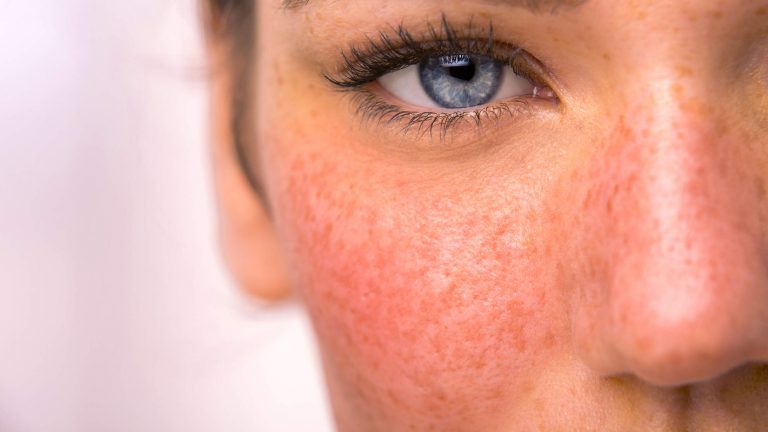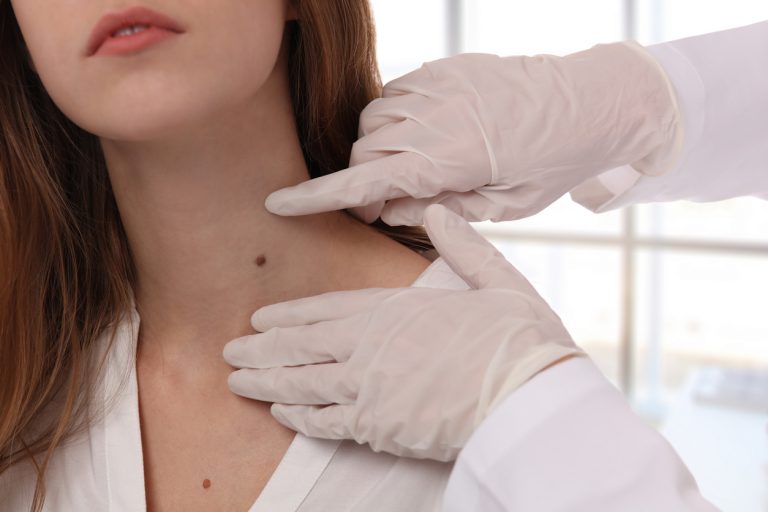
The best laser treatment for rosacea: the Excel V
Blood-vessel conditions like rosacea, facial redness and visible veins respond extremely well to Excel V laser treatments.
Dr Michael Rich is a specialist dermatologist who has been performing tumescent liposuction for over 30 years. Find out if Liposuction is suitable for you at ENRICH Clinic.
At ENRICH Clinic, we have a wide range of dermatological and cosmetic body treatments tailored to individual body and patient needs.
At ENRICH Clinic, our treatments are performed by our medical team consisting of doctors, nurses, and dermatologists and are tailored to each patient’s skin health needs.
ENRICH Clinic is committed to your skin health and well-being with a range of dermatological & cosmetic treatments tailored to the individual. Our treatments are performed by our medical team consisting of doctors, nurses, and dermatologists.
Skin health is essential for everyone. ENRICH Clinic has a wide range of technologies and dermatological solutions to help you achieve your skin care goals.
 Ocular rosacea is inflammation of the eyes that causes burning, itching and redness. Ocular rosacea develops in people with rosacea, an inflammatory skin condition that causes redness and papules, often on the face, but sometimes getting ocular (eye) rosacea can be a sign that you will get rosacea.
Ocular rosacea is inflammation of the eyes that causes burning, itching and redness. Ocular rosacea develops in people with rosacea, an inflammatory skin condition that causes redness and papules, often on the face, but sometimes getting ocular (eye) rosacea can be a sign that you will get rosacea.
Treatments for regular rosacea don’t treat ocular rosacea, leaving a treatment gap for those with the incredibly uncomfortable ocular rosacea. Ophthalmologists (these are eye doctors, not optometrists – they are vision doctors) and dermatologists are calling for both specialist disciplines to come together to try to solve ocular rosacea, since it affects both their areas of expertise.
It is believed that millions of people globally suffer from rosacea, with ocular rosacea affecting up to 70 per cent, though research numbers vary widely. Many people with rosacea report eye symptoms that include irritation, grittiness, dryness and watery or bloodshot eyes. These symptoms begin after their rosacea diagnosis. Most have never been treated specifically for ocular rosacea.
A case study has been discussed whereby a 78-year-old man with ocular rosacea failed to respond to normal treatments, and was then treated successfully with dimethyl sulfoxide (DMSO) and povidone iodine (10 per cent solution) that was turned into a topical gel by a pharmacy, and rubbed into the lash line and closed eyelid twice daily. After just a week, ‘remarkable improvements were noted’, and a month later after daily applications, the improvements were far more impressive.
These two ingredients are a novel pairing, not normally used together. DMSO is a skin penetration agent rarely used in the eye industry, with povidone iodine an antimicrobial agent known as a biocide. A clinical trial is planned.
Need novel solutions for ocular rosacea?
Contact us
*With all surgeries or procedures, there are risks. Consult your physician (GP) before undertaking any surgical or cosmetic procedure. Please read the consent forms carefully and be informed about every aspect of your treatment. Surgeries such as liposuction have a mandatory seven-day cooling-off period to give patients adequate time to be sure of their surgery choice. Results may also vary from person to person due to many factors, including the individual’s genetics, diet and exercise. Before and after photos are only relevant to the patient in the photo and do not necessarily reflect the results other patients may experience. Ask questions. Our team of dermatologists, doctors and nurses are here to help you with any of your queries. This page is not advice and is intended to be informational only. We endeavour to keep all our information up to date; however, this site is intended as a guide and not a definitive information portal or in any way constitutes medical advice.
"*" indicates required fields
Combining Dr Rich’s dermatological skill with his knowledge of restorative skin regimes and treatments, the ENRICH range is formulated to help maintain and complement your skin. Our signature Vitamin C Day & Night creams are now joined by a Vit A, B,&C Serum and a B5 Hyaluronic Gel, both with hydration properties and much, much more.

Blood-vessel conditions like rosacea, facial redness and visible veins respond extremely well to Excel V laser treatments.

Yes maskne is real! There has been a few new buzz words and phenomenon that has come with the world of COVID and this is one is all about the conditions that are cause by mask-wearing.

You’d be amazed at what a dermatologist treats, especially us – we’re cosmetic dermatologists too, so we have all your skin needs covered.

We start with your skin concerns and work our way backwards to the very best, most effective treatments in the world. We are skin experts.
Subscribe to the ENRICH newsletter and receive latest news & updates from our team.
Enrich Clinic acknowledges the Traditional Lands of the Wurundjeri Woi Wurrung and Bunurong peoples of the East Kulin Nations on which we work and trade. We pay respect to their Elders past, present and emerging. We extend our acknowledgement and respect to the LGBTQIA+ community who we welcome and support. Read our full Acknowledgement Statement here
